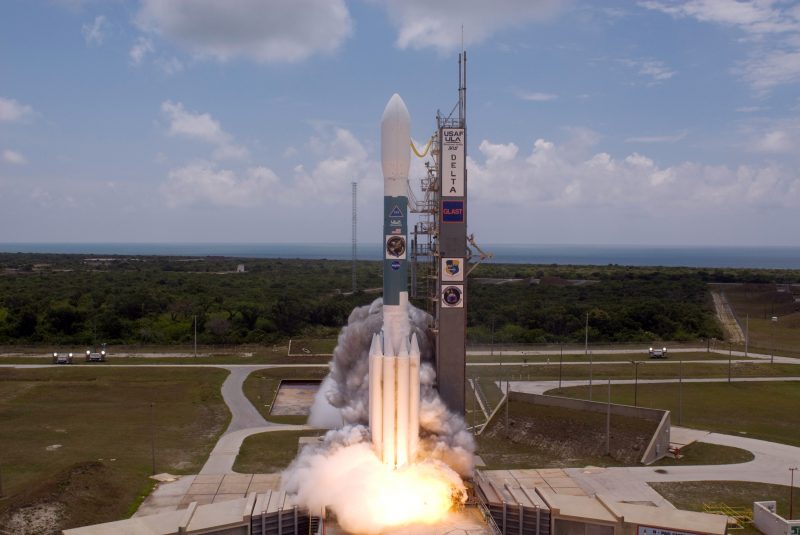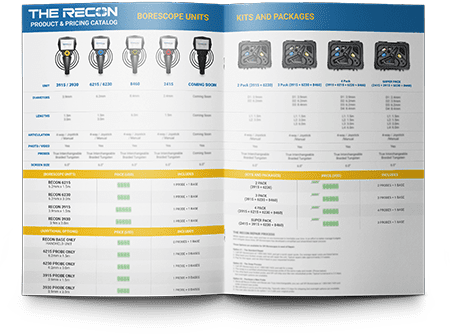Space travel almost seems like its routed in pure magic, but a ton of engineering and highly advanced parts go into to make this ‘magic’ actually possible. Whether it’s manned or unmanned space crafts, each craft that goes into space represents decades of development and the best of what design and implementation amongst the human race. These space crafts are not made to last forever, most of them actually retire at a pretty low flight time, measuring in hours, because of what kinds of stresses are put on spacecraft to reach their destination, and then return.
Engines That Power the Crafts
The real hero of any craft made for space is the rocket engine. An engine made to power a spacecraft has to be the best of what mankind has to offer. These engines have to carry a massive structure beyond anything even the largest commercial airline has to undergo. Due to this, inspection is intense, frequent, and usually somewhat daunting to the operator. With the use of an aviation borescope , these extremely powerful engines can be inspected without complete teardown before and after each flight, and even while a crew is up in space on a mission.
Kinds of Engines That Require Inspection the Most
Rocket engines fall into a category of spacecraft propulsion known as reaction engines. A reaction engine achieves propulsion by expelling mass. Most rocket engines are internal combustion engines, but non-combusting forms do exist. These kinds of engines don’t need external material to operate, and they basically perform in a vacuum to propel spacecraft and the occasional ballistic missile.
When it comes to rocket engines, there are a few different types, all of which use video borescopes for inspection so they can relay information to the user for repairs, maintenance, and simply just recording data. By doing so, the operator doesn’t have to physically tear down the rocket to get a visual on the components. Here are three common types of rocket engines that are routinely inspected with an aviation borescope:
Bipropellant Rocket
This rocket works by two fluid propellants that are introduced through the use of injectors that flow into a chamber and burnt — much like a modern car engine. They are up to 99-percent efficient when it comes to combustion, with superior mixture control. These engines are throttle-able and can be used with turbopumps that permit the use of lightweight tanks. They are considered to be very safe but have a lot of plumbing involved that requires tons of inspection.
Turborocket
The turborocket engine used a combination of turbojet/rocket and an additional oxidizer, like oxygen, that’s added to the airstream to maximize altitude. They have a massive range of altitude capacities. These kinds of engines are also very heavy, and therefore require additional visual inspection of mounts and accessories.
Procooled Jet Engine/LACE
These engines are in the prototype stage and will be a huge advancement for jet rockets when they come to market. Most of the inspection happens to record lab use, performance, and changes. They take chilled intake air to low temperature at the inlet before passing through a ramjet or turbojet engine. They will be combined with a rocket engine for orbital use to increase thrust, improve weight ratios, and increase efficiency.


